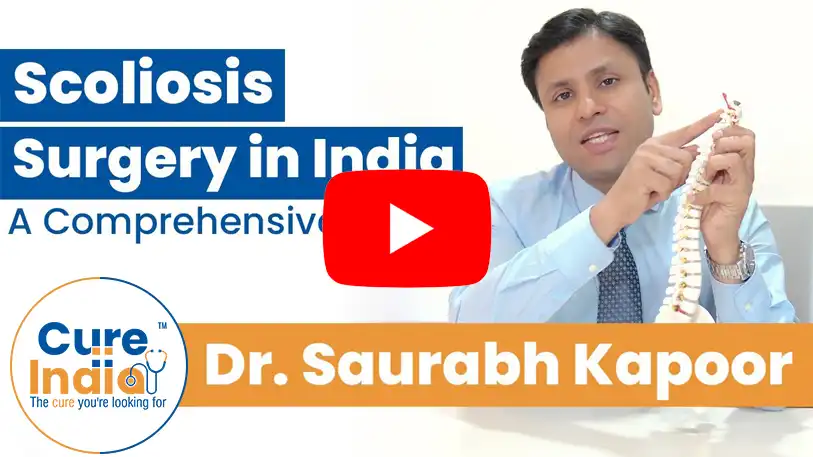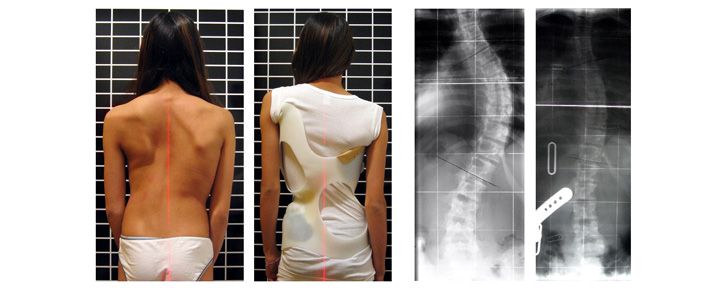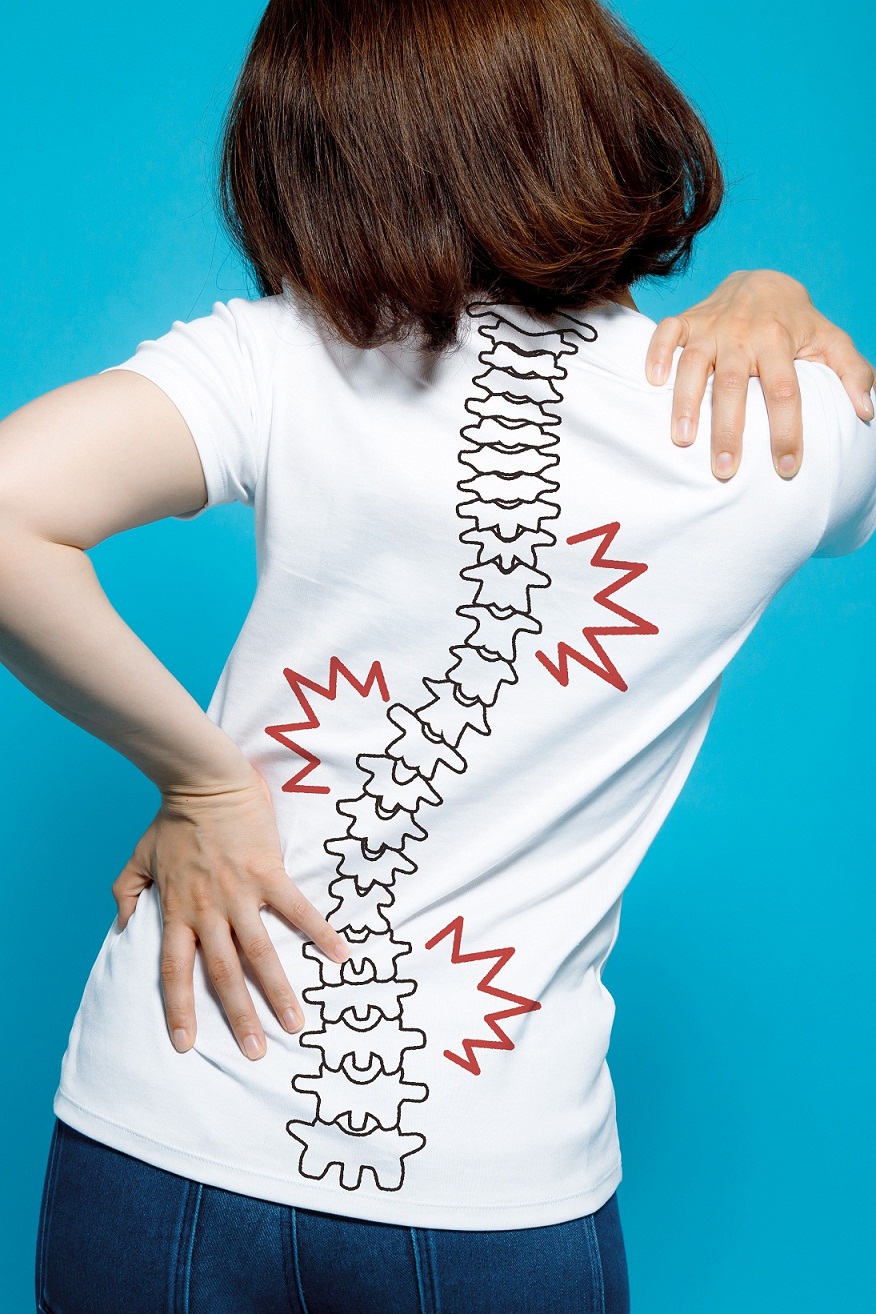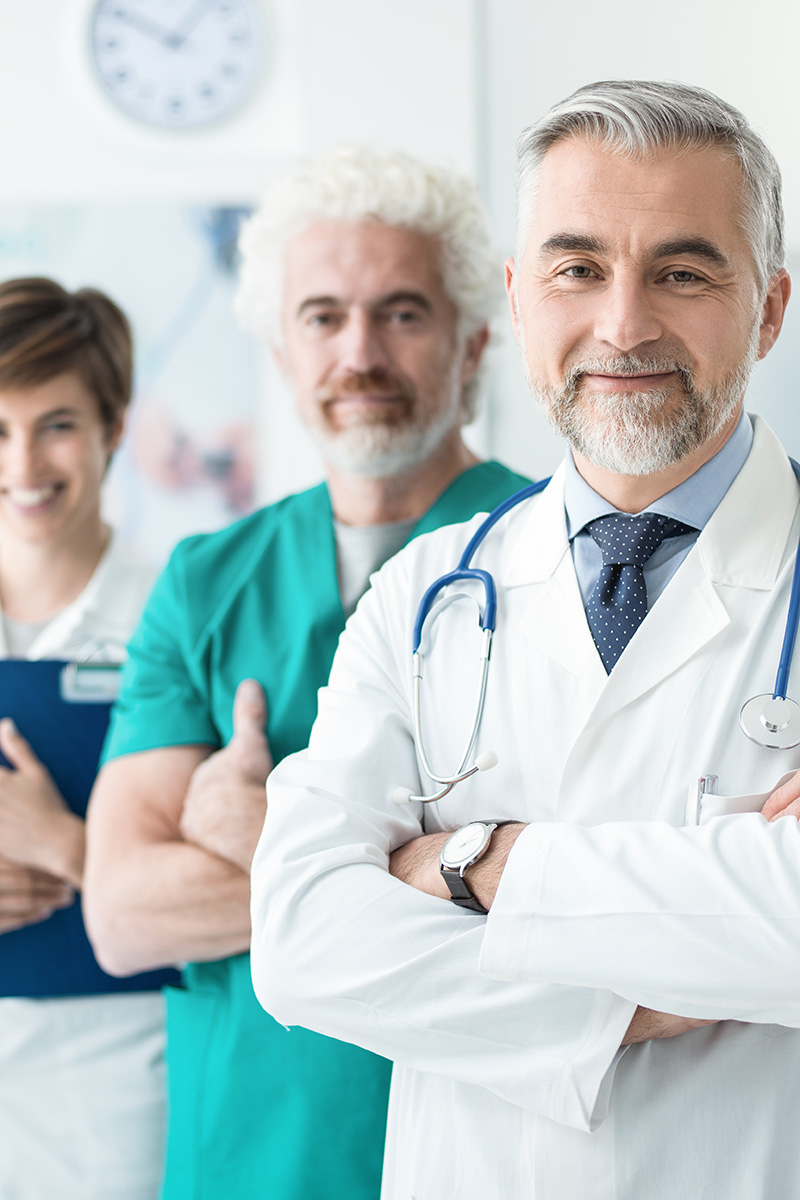

Our spine which we commonly call a backbone, has a naturally curved shape. The natural shape of the spine has a slight forward and a backward curve which when seen from the back looks like a straight line. However, when the spine forms a left-to-right or right-to-left curve, the shape from behind looks like a C or S shape. This is known as scoliosis which is an abnormal curvature of the spine. Most of the scoliosis cases are mild with no major symptoms and can be left untreated. However, severe cases can cause pain and uneven posture. When this happens, scoliosis treatment becomes mandatory.

Most of the cases of scoliosis are diagnosed in adolescents and in adults who have some abnormalities such as muscular dystrophy, cerebral palsy, etc. but the cause of scoliosis in children is not known. Scoliosis in children gradually becomes severe as a child grows which then affects the normal function of the organs that lie in the thoracic and abdominal cavities. In some African countries, the pediatric scoliosis treatment is not widely available due to a lack of access to medical care because of inadequate resources and a shortage of spine surgeons. The studies show that surgeons in low and middle-income countries do not have access to proper training to be able to perform spine deformity surgery due to which the success rate of the surgery is also low and in most cases, the patient does not receive the treatment itself.

A lot of people from African countries like Ghana, Ethiopia, Zambia, and Tanzania travel for scoliosis treatment in India. This is because they receive world-class medical facilities and treatment procedures. Because Indian hospitals for scoliosis treatment have the most advanced infrastructure and facilities, the medical staff is able to provide premium treatment procedures. The spine surgeons in India have undergone rigorous training from the global institutions and have many years of hands-on medical practice which makes them highly knowledgeable and skillful. Despite of providing a high-quality medical service, the cost of the treatments is very low which is highly affordable and profitable for international patients.
There are two types of scoliosis, namely:
a) Structural scoliosis and
b) Nonstructural scoliosis.
Structural scoliosis involves side-to-side curvature of the spine and spinal rotation whereas nonstructural scoliosis only involves side-to-side curvation of the spine. There are several types of structural scoliosis which are mentioned below.
.jpg)
This type of scoliosis mostly affects adolescents but it can also start in children or infants. The cause of idiopathic scoliosis is not known but some studies have reported that genetics can be one of the factors that can cause scoliosis.
As the name suggests, this type of scoliosis is present right from the birth of a child. The scoliosis develops while the fetus is in the womb of his/her mother. It is a very rare condition that can occur when there are any malformations in the baby’s vertebrae.
It is also known as myopathic scoliosis. This type of scoliosis develops when a person has a neuromuscular disorder such as cerebral palsy, muscular dystrophy, etc.
This is a condition that develops late in life. It occurs when the spine and joints start degenerating. It usually starts in the lower back as the discs and joints of the spine start to deteriorate due to aging.
.jpg)
It is not a type of scoliosis but it is rather a type of spine deformity like scoliosis. The difference between scoliosis and kyphosis is that scoliosis involves the formation of abnormal curvature of the spine whereas kyphosis involves forward rounding of the which can caused by poor posture.
Again, this is not a type of scoliosis but it is a spinal deformity that involves three conditions, kyphosis which is the rounding of the upper spine, lordosis which is the formation of a curve in the neck or lower back that results in the front of the body, and scoliosis means side-to-side curving of the spine.
There are generally three types of scoliosis patterns:
a) Thoracic scoliosis is when the curvature is in the middle or at the thoracic part of the spine. It is the most common type and often causes deformities in the ribcage and spine. Due to thoracic scoliosis, one shoulder becomes lifted.
b) Lumbar scoliosis is when the curvature occurs in the lumber/lower part of the spine. Due to the scoliosis in the lumber region, one hip appears to be higher than the other.
c) Thoracolumbar scoliosis is when the curvature forms in the both, thoracic and lumber parts of the spine. It occurs at the upper lumbar and lower thoracic part of the spine.
Depending upon the severity of the curve that has formed in the spine, the scoliosis can be mild, moderate, and severe. Depending upon the degrees of spinal curvature, the scoliosis can be of different stages which are listed below.
■ Stage 1 Scoliosis: It is a mild scoliosis in which the spinal curve can be less than 25 degrees. It is common in children and young adults. It is usually asymptomatic but it can cause mild discomfort and sometimes pain.
■ Stage 2 Scoliosis: It is a moderate scoliosis in which the spinal curve can be between 26 to 40 degrees. A person with stage 2 scoliosis will have uneven hips and shoulders and often has a tilted head. It can cause pain in the rib cage and shoulders.
■ Stage 3 Scoliosis: It is severe scoliosis in which the spinal curve can be between 40 to 70 degrees. A person with severe scoliosis will have an S or C-shaped sine when looked at from behind. It causes severe pain between the shoulder blades and the ribs.
■ Stage 4 Scoliosis: Is is a complex scoliosis in which the spinal curve can be greater than 70 degrees. A person with complex scoliosis will have heavy symptoms and will experience difficulty in breathing, lung and heart problems, extreme pain, etc. It causes additional complications in the body.
CureIndia helps you choose the right doctor for your medical treatment. Most of the scoliosis specialists in our associated hospitals have been internationally trained and are active members of many international medical councils and associations.
Let's hear from some of the most reputed doctor's for scoliosis treatment in India:





A lot of people from African countries like Ethiopia, Congo and Nigeria travel to India for their surgery of curved spine. The cost of scoliosis treatment in India is lower than in many developed countries. Indian scoliosis specialists have gone through rigorous training and gained years of experience. The Indian hospitals provide state-of-the-art facilities and the infrastructure is top-notch. Indian surgeons recommend any one of the mentioned treatments according to the condition such as Braces, Non-Fusion Techniques, Spinal-Fusion Techniques, and Spine and Rib-Based Growing Surgeries for Scoliosis. Listed below is the cost of scoliosis treatment in India:
| Treatment | Cost in India | Stay in India |
|---|---|---|
| Mild and Medium Scoliosis Treatment in India | $15,000 - $18,000 | 15 Days |
| Complex Scoliosis Treatment in India | $14,000 | 20 Days |

The main and root cause of scoliosis are not known but the studies suggest that scoliosis can be caused by several factors. The common factors that can cause scoliosis are listed below.
The most common Scoliosis sign and symptoms you can say, is the appearance of an abnormally curved body (specifically the spine). If a child starts developing scoliosis, then the symptoms or signs can be visible from 10 years of age. The most common signs and symptoms of scoliosis are:
If an infant has scoliosis, then the most common signs and symptoms include a bulge on one side of the chest, the baby appearing curved when lying down, and the baby may develop heart or lung problems. You may also notice that your baby is having difficulty breathing and pain in the chest.
There are several options for scoliosis treatment in Indian hopsitals. The scoliosis treatment is categorized into two types: surgical and non-surgical treatments. Both of the treatment approaches are mentioned below.

The scoliosis surgery is performed to correct the posture and shape of the spine. There are different types of scoliosis surgeries that can help the patient reshape their spine. The most common scoliosis surgeries include:
■ Spinal fusion surgery: It is also known as scoliosis fusion. It involves fusing the vertebrae to stop them from bending. These fused vertebrae will now act as a single vertebra. To achieve this, the surgery involves using rods, hooks, and wires to make this surgery an efficient procedure.
■ Growing system spine surgery: It is also known as growth rod surgery. It is a choice of treatment for the children because their spine is still under development. In this curved spine operation procedure, a few rods are used to correct the curve of a child’s spine progressively as the child grows. This surgery needs repetition of this procedure every 6 to 8 months.
■ Fusionless spinal surgery: This surgical procedure involves attachment of screws on the outer curvature of the spine and pulling them with a string to straighten the spine.
The surgery for scoliosis involves operating on the spine of a person. While working on areas such as the spinal cord, brain, etc. it is very important to prevent any nerve damage or injury as it can lead to severe problems in the body. To avoid this, surgeons in India use an innovative technique known as neuromonitoring while performing scoliosis surgery. The neuromonitoring which is also known as intra-operative nerve monitoring is used to locate the nerves and the functioning of nerves continuously during the operation. Any change in the nerve or its function will immediately detected by the machine which will alert your surgeon so that they can modify the surgical procedure as per the patient’s condition to prevent causing injury to the nerves.
The non-surgical treatments of scoliosis are best for children as their spine is still developing. The non-surgical treatments can be used to manage scoliosis until a child grows completely and then can undergo surgery for a permanent solution. The most common nonsurgical scoliosis treatments in India are:
■ Casting: As the name suggests, this treatment procedure involves preparing a cast that is attached to the outer side of the patient’s body. It is mostly a treatment option that is used for infants. The spine of infants is delicate and it is better to avoid any heavy treatments. A casting made up of Plaster of Paris will provide reinforcement. The casting will be changed regularly.
■ Braces: Bracing is used to prevent the increase in curvature, basically it prevents the condition from worsening. It should be noted that bracing only stops the curvature from increasing and it does not straighten the spine.
■ Chiropractic treatment: It is a manipulative treatment in which the misaligned joints are manipulated to give it a proper alignment. For scoliosis, chiropractic treatment works by adjusting the most tilted vertebrae which has formed the abnormal curve in the spine.
■ Physiotherapy treatment: Your physiotherapy team will give you physical therapy in which they will help you perform certain exercises and stretches that can make your back strong and flexible. In addition to a strong and flexible back, these exercises also give you relief from scoliosis pain and strengthen your core muscles.
Most of the time surgical treatments are avoided in children as they are still growing and hence their spines. The nonsurgical treatments and management options are best for children, and when they have grown, the surgical treatment can be used to provide permanent solutions. Hence, surgical procedures for scoliosis treatment for adults are more common than for children.
Scoliosis is a medical condition that affects the shape of the spine. It mostly occurs due to the weakening of the muscles that support the spine. If a person has an injury or any neuromuscular disorder, he/ she is likely to develop scoliosis or abnormal spinal curvature. The scoliosis treatment options are widely available in high-income countries but many low-income countries still lag behind due to inadequate medical resources and shortage of experienced spine specialists. Due to this reason, a lot of people decide to travel out of their country to seek the right medical treatments. But the problem is, the costs of the medical treatments are so high in developed countries, that they can't afford it. They can't even imagine the total cost that they will have to spend. Here comes India to the rescue. The medical services in India are of premium quality but at the same time, the cost of the treatment is much lower. The surgeons in the Indian spine hospitals are highly knowledgeable and have gained years of experience and skills. This is why a majority of international patients choose India for curved spine operation.


Spinal Fusions, Decompressions and Deformity Corrections
Share Your Reports
Internationally Trained Spine Surgeons
Get an opinion
OAM Navigation, Microscopic and Neuro Monitoring Techniques
Plan Your Surgery